
BY Rukmini Sarkar| Media Executive
KOLKATA, 13 MAY 2023:
Talking about cultural history, I must tell you about Serampur, a small town in
West Bengal, India.
Here lies a great narrative. A cultural history and heritage,
The Indo – Danish Relationship.

(Danish Government House)
The relationship was unique, loving, mutual and progressive.
This is a magical story of the birth of Indian Renaissance at the Danish
Colony of Serampur. This Danish Colony grew over time because of the
trading activity by the Danish businessmen and it was fondly named
Fedriknogore in honour of the Danish King Fedrik V.

(Serampore college)
If you visit Serampur today, and want to discover the heritage of Danish
establishment and governance, there are a few must-visit sites, namely:
- St Olavs Church
- Old Danish Gate
- The Denmark Tavern
- The Mission Cemetery
- Serampur College.

(St. Olavs Church)
The Danish Enclave, alternatively called Fredriknogor, was the seedbed of
Bengal and Indian Renaissance. Defying the dictates of the British
colonialists, the Kuthi Chief or the Governor Ole Bie provided shelter to the
Baptist Missionaries.

(Old Danish Gate )
The Baptist Missionary Society started functioning at Fredriknogore under
the leadership of William Carey.
The Mission provided support to set up a printing press to publish New
Testament and other religious books in Bengali language. A pathbreaking
and progressive move.
On setting up of the press, a new horizon opened for the Bengali language.
William Carey joined Fort William College as the Head of the Department of
Bengali language. In association and collaboration with Ramram Basu and
Mrityunjoy Tarkalankar, he created the modern Bengal prose. This was a first
step towards the Bengal Renaissance.

( The Denmark Tavern)
The Baptist Missionaries started publishing the first Bengali magazine
‘Digdarshan’, the first Bengali daily ‘Samachar Darpan’ and the English
newspaper ‘Friends of India’, later renamed as The Statesman.
The Indian resurgence under the patronage of Governor Ole Bie was
remarkable.
In 1800, Ole Bie requested the Baptist Missionaries, William Carey, Joshua
Marshman and William Ward to establish the Mission.
Foresight and tireless efforts of the trio made Serampur the seedbed of
Indian and Bengal Renaissance.

(Senate of Serampore College)
In 1827, having received the charter from the Danish Monarch Freidrik the VI,
the first University of Asia, the Serampur College was established.
The march of Bengal Renaissance, which was initiated in 1801 in the Danish
colony of Serampur, moved forward.
It is my time to leave you. Before I depart I have a message for you.

(The Mission cemetery)
The message is:-
Had not the Dano Norwegian Governor Ole Bie offered full protection to
Baptist Missionaries, Bengal Renaissance and thereafter Indian Renaissance
would not have started and flourished.
The Bengal Renaissance was a gift of the Dano Norwegian Enclave.

Advertisement:


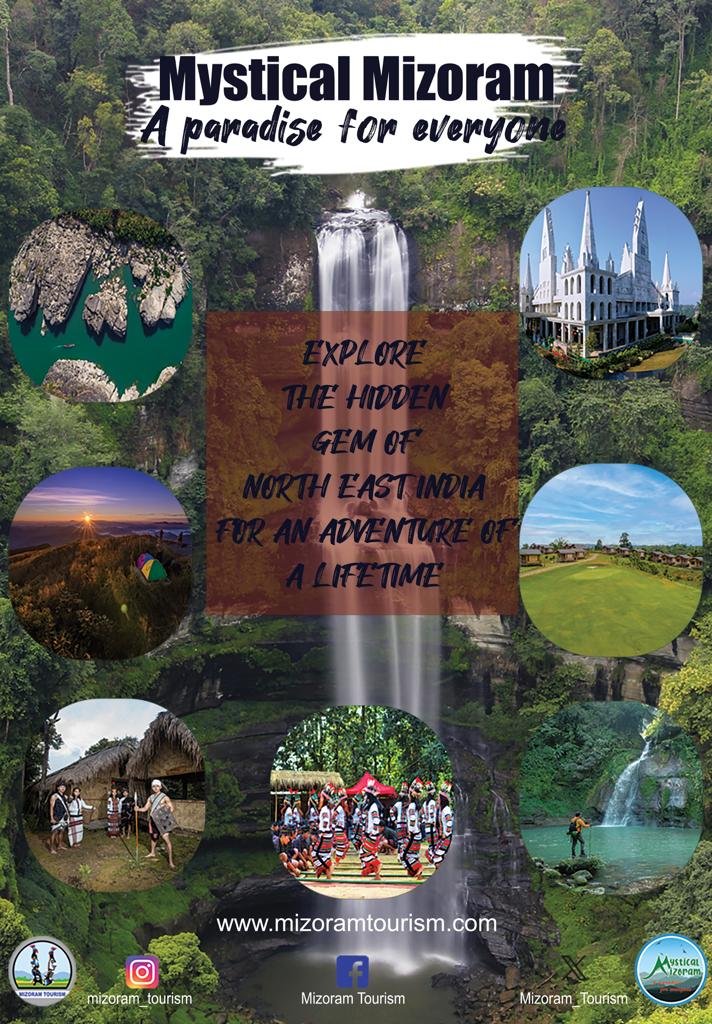

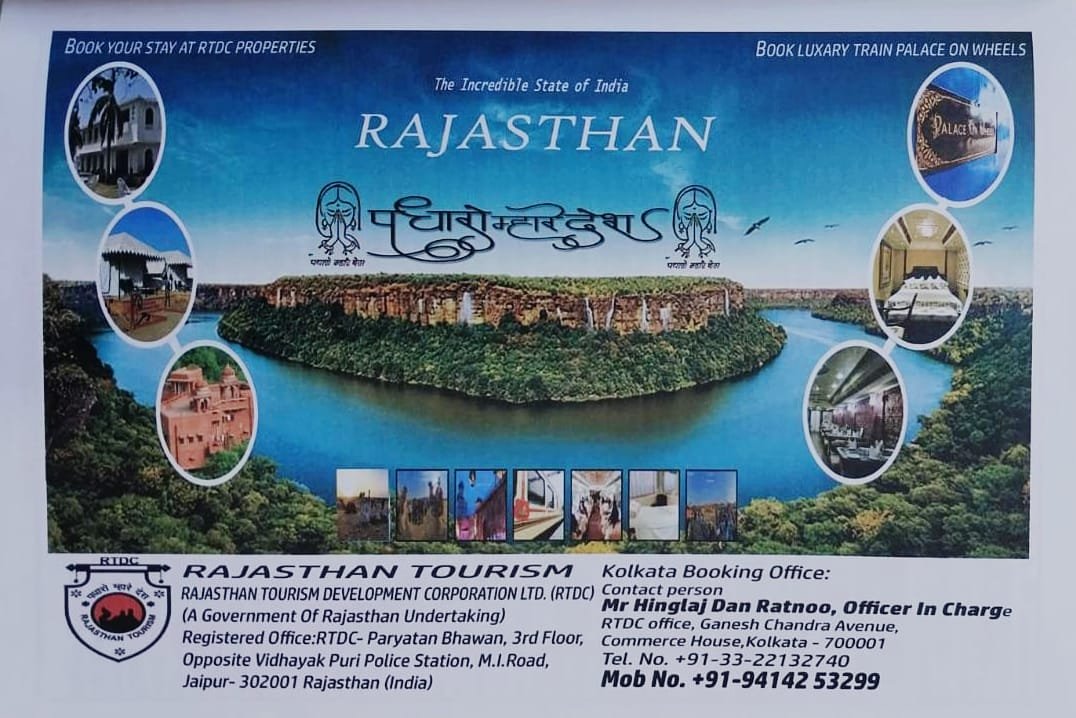










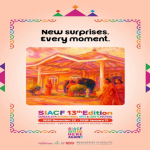




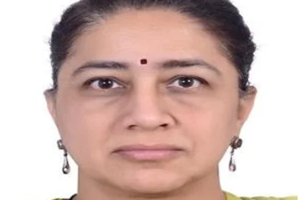
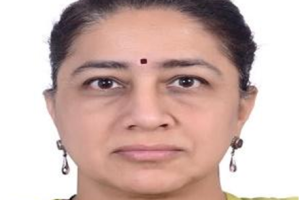
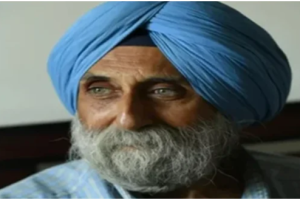







Add Comment